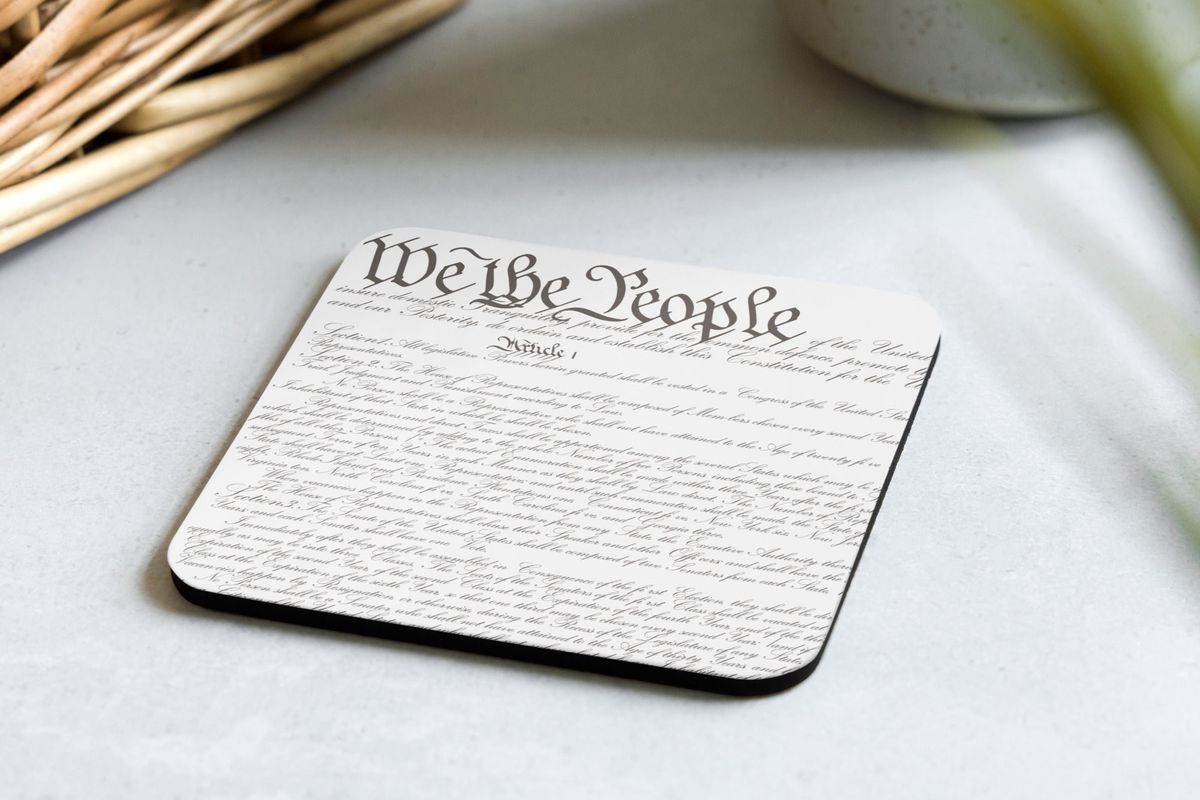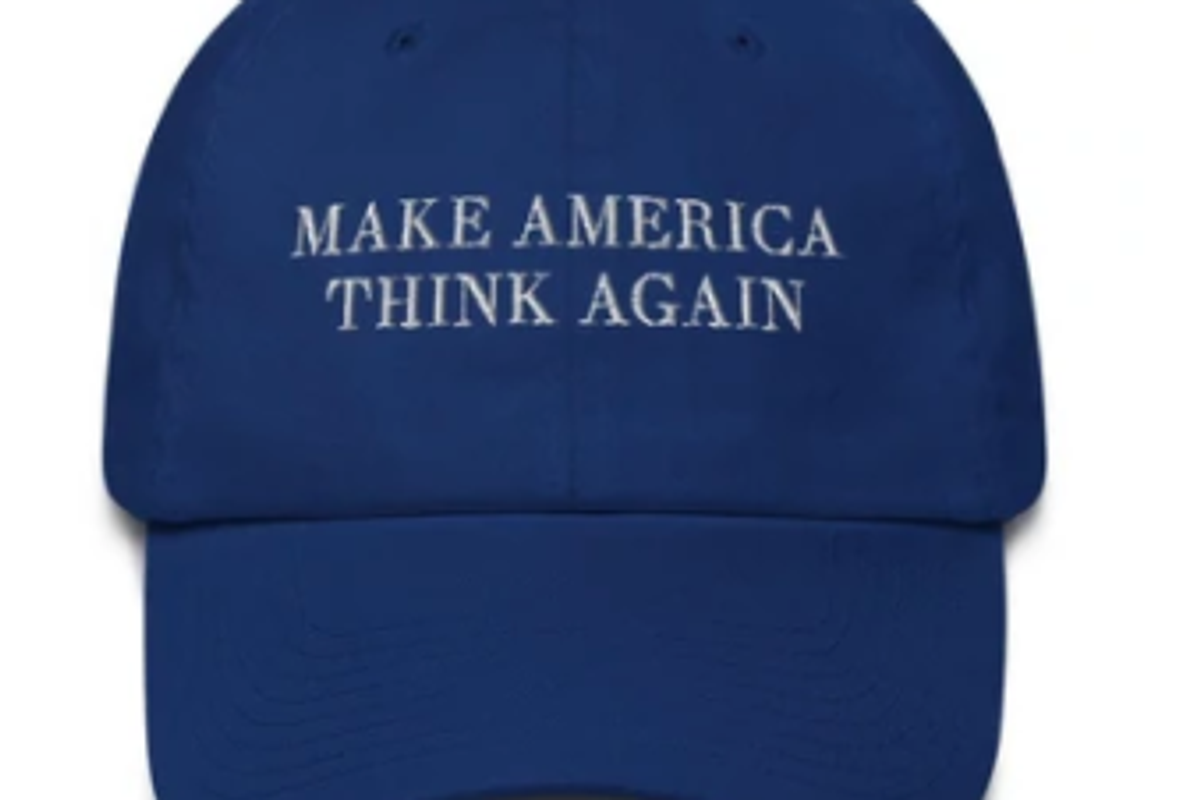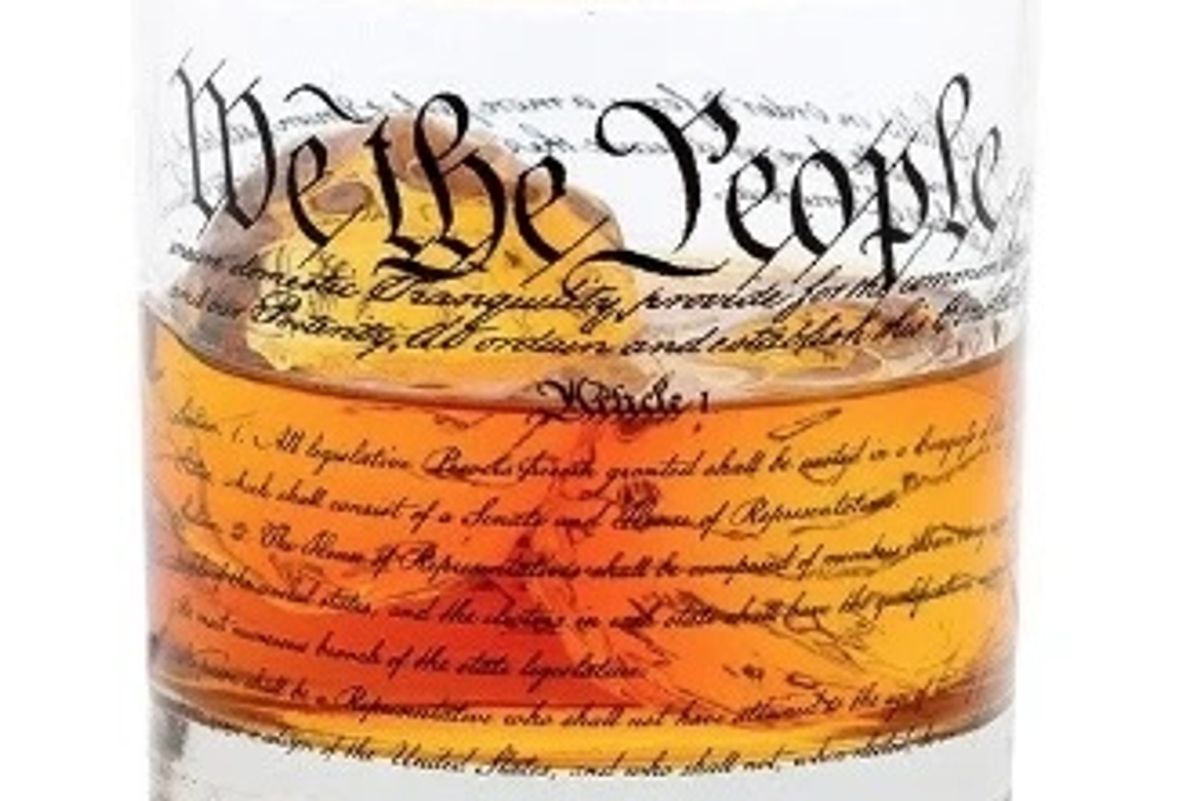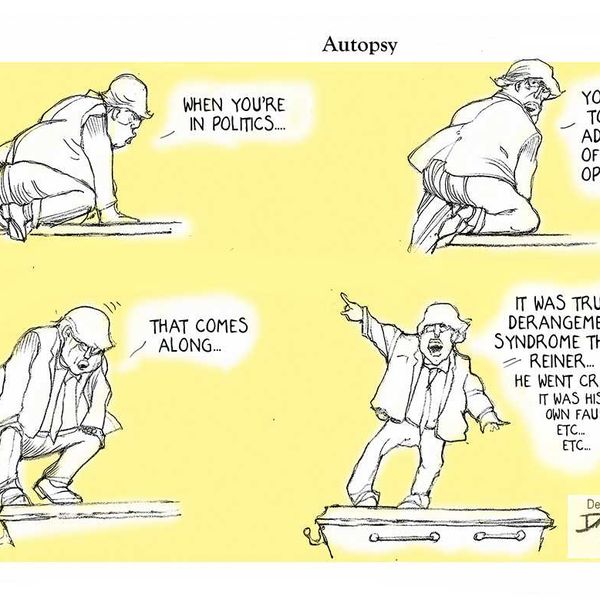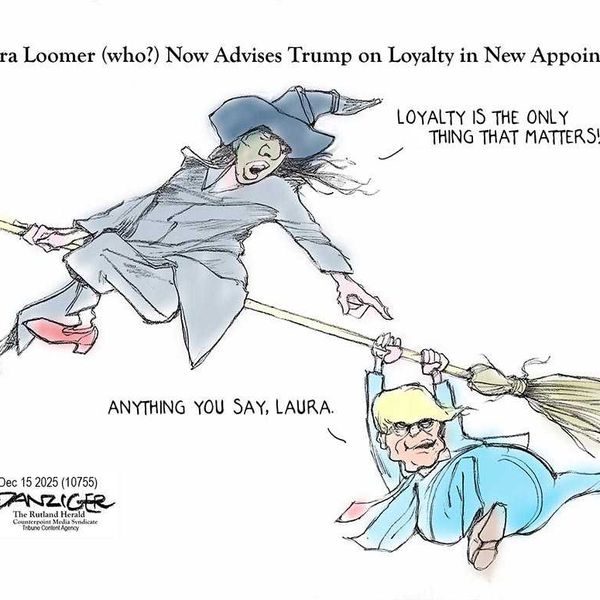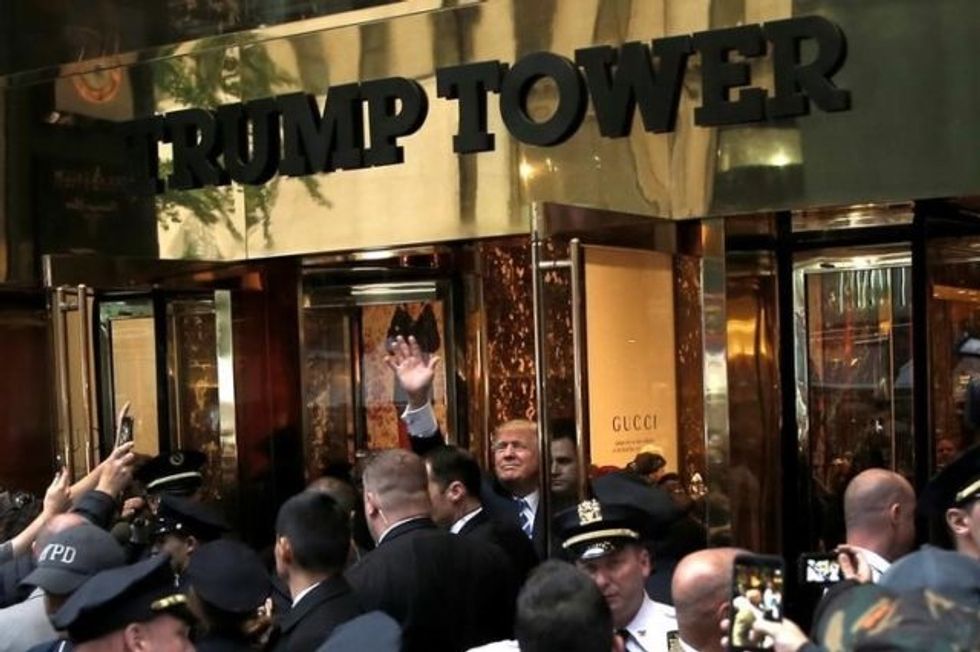
Donald Trump has long sold himself to a credulous public as a business genius worth many billions. So it was something of an inconvenience when New York Times reporter Timothy O’Brien put Trump’s holdings at barely a quarter of the way to one billion. Trump sued O’Brien for libel (and lost).
There’s nothing shabby about a fortune of $150 million to $250 million, O’Brien’s estimate in his 2005 book, TrumpNation: The Art of Being the Donald. But it would exclude Trump from the tippy-top of Manhattan wealth, where he’s yearned to be since his youth in middle-class Queens.
A desire to fix any billionaire deficit may account for Trump’s decision to stock his administration with real-life tycoons. The way it works is that they cut Trump into their deals and he lets them influence tax and regulatory laws. This assumes that Trump might participate in such an unseemly trade, heaven forfend.
Trump’s plain folks may be mightily impressed by the Palm Beach spread and the gold-lined private jet, but the super-duper-rich know better. Net worth is what you own only after subtracting what you owe.
When Trump bought the Mar-a-Lago estate for $8 million in 1985, he bragged that he had paid all cash for it. He later admitted that Chase Manhattan Bank had lent him the entire amount. We have no idea how much equity Trump actually controls. Keeping those numbers hush-hush remains the most plausible reason he hasn’t released his tax returns.
Folks, this is not about partisan politics. It’s about money. Example: Trump’s pick for treasury secretary, Steven Mnuchin, has contributed more to Democrats at the federal level than to Republicans.
During the campaign, Trump ads combined nasty images of Goldman Sachs’ CEO and billionaire investor George Soros, supporter of Democratic causes. Mnuchin happens to be a Goldman Sachs alumnus who ran a hedge fund for Soros.
Trump’s Minister of Evil, Steve Bannon, also spent time at Goldman. As of this writing, As of this writing, Trump is reportedly considering Goldman President Gary Cohn for director of the Office of Management and Budget.
Wall Street’s desire for less regulation does not preclude its wanting government help. Mnuchin made hundreds of millions off the failed IndyMac bank, after the Federal Deposit Insurance Corp. sold it to him for a song. The FDIC also agreed to protect Mnuchin and partners from steep losses.
The government’s been good to Mnuchin. On the other hand, he wants to get rid of the Volcker rule, which, simply put, curbs big banks from speculating with government-guaranteed deposits. Wall Street understandably likes those “heads I win, tails taxpayers lose” deals.
The financial press continues to cast a cold eye at Trump’s claims to spectacular wealth. “Far from being a global branding goliath,” The Economist writes, “[the Trump Organization] is a small, middle-aged, and largely domestic property business.”
The branding part — slapping the Trump name on buildings that others own — accounts for 13 percent of sales at most. Half of the group’s worth sits in five buildings, mainly Trump Tower and two other Manhattan properties.
If the family members want to hit the ultimate jackpot, The Economist concludes, “they will have to reinvent a mediocre firm.”
Trump’s a politician with money, yes. But he’s no Nelson Rockefeller, Mitt Romney or Michael Bloomberg.
In naming Mnuchin to Treasury, Trump praised him in a statement: “He purchased IndyMac Bank for $1.6 billion and ran it very professionally, selling it for $3.4 billion plus a return of capital. That’s the kind of people I want in my administration representing our country.”
And, one imagines, that’s the kind of people Trump wants to know a whole lot better. Buckle your seat belts.
Follow Froma Harrop on Twitter @FromaHarrop. She can be reached at fharrop@gmail.com. To find out more about Froma Harrop and read features by other Creators writers and cartoonists, visit the Creators webpage at www.creators.com.
IMAGE: Donald Trump waves to supporters outside the front door of Trump Tower where he lives in the Manhattan borough of New York, October 8, 2016. REUTERS/Mike Segar

